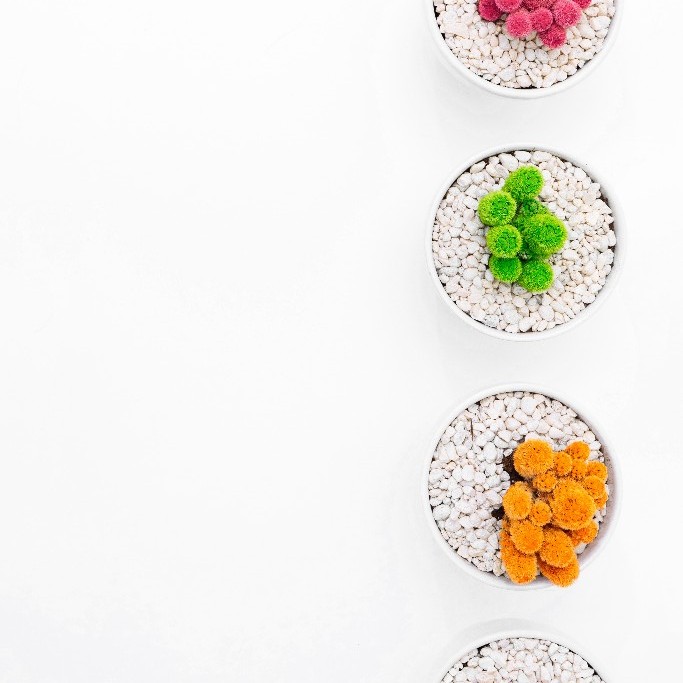1. Genetic methods
Recombinant Expression: A method used for primary antibody control is using a transfected cell line recombinantly expressing the protein recognized by the primary antibody. The untransfected cells serve as a negative control since they do not express the protein of interest endogenously. Confounding factors or limitations: low transfection yield and misexpression due to poor cell host selection.
In-situ hybridization: Its utility rests on the concept that a given mRNA expression co-occurs with the corresponding translation product (protein) at the cellular level. The recent and revolutionary development of branched DNA technologies, like RNAScope, has now enabled the application of in-situ hybridization on FFPE tissues to provide for mRNA expression equivalent to immunohistochemistry protocols. Confounding factors or limitations: the expression of the protein can be distal from the site of mRNA production within the cell (e.g. in neurons). Some transcripts may also have a very short turnover time within the cell before translation. Furthermore, some proteins may be less stable than their transcripts.
CRISPR (knockout) / siRNA (knockdown): these represent approaches for guided removal or reduction of a protein within a cell and non-human in vivo models allowing the tissue to be fixed and prepared using the same procedure as the experimental animals. For CRISPR-based techniques, the gene expression of a protein is completely and permanently erased. With siRNA the reduction of gene expression is temporary. If you work with an antibody with high specificity for the gene products knocked out, no immunostaining should be detected. Confounding factors or limitations: these methods are only applicable to cells and animal models, not to human tissues. The success of these methods is also dependent on the genetic constructs and the transfection efficiency. Another confounding factor relates to the incompatibility of a knockout with cell viability.
2. Immunogenic methods
Western blot shows that the antibody labels a single band, representing the protein with the known molecular weight. These immunoblots are technically straightforward, and thus the most common specificity control applied for commercial antibodies. However, this method has some flaws.
Confounding factors or limitations: the protein is unfixed but denatured in SDS, losing its secondary and tertiary structure. If the immunogen is a full-length protein, nonspecific binding may occur within the tissue, causing erroneous interpretation of the IHC staining. In addition, the differences in sample handling between western blot and IHC could affect the epitope in different ways.
3. Double Labelling
Another method for primary antibody control is through colocalization with an additional antibody or other affinity reagent showing binding to the same target protein albeit at a different binding site.
Confounding factors or limitations: difficulties in the subcellular resolution of the immunostaining due to steric hindrance. Lack of available alternative primary antibodies which may necessitate an orthogonal method like RNA-ISH or the use of a ligand-binding assay.
4. Adsorption Controls
Enzyme-linked immunosorbent assay (ELISA) is often employed as a method for antibody validation. Before labeling, the primary antibody is mixed and absorbed with the purified antigen in a tube. The antibody binds with the antigen, gets absorbed, and is no longer available to bind to antigens within the section. As a result, no staining should be visible.
Confounding factors or limitations: the absorption control does not exclude the binding of the primary antibody to proteins other than the one used for incubation. It only shows the specificity of the antibody for the antigen used for the absorption.
5. Isotype Controls
Isotype control is an antibody of the same isotype (e.g. IgG1, IgG2, etc.), clonality, conjugation, and host species as the primary antibody. This allows for the simultaneous application of two or more primary antibodies from the same host in the same sample as long as they belong to different isotypes. In addition, since the secondary antibody only will bind to one isotype, no cross-reactivity should occur.
Confounding factors or limitations: limited availability of primary antibodies with different isotypes. These controls are only applicable to verify the specificity of mouse monoclonal primary antibodies (mAbs).



